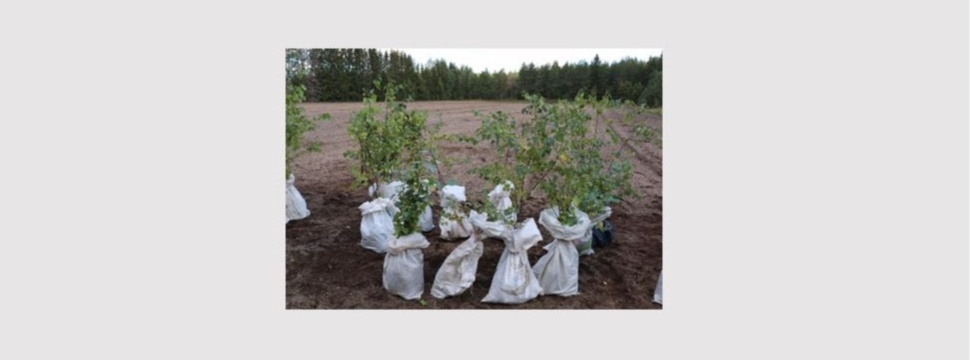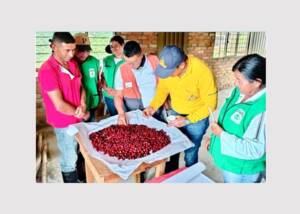Segezha Group Helps to Preserve the Karelian Birch
News General news
Segezha Group (MOEX: SGZH, a subsidiary of Sistema PJSFC) supported a unique research project initiated by the Ministry of Natural Resources and Environment of the Republic of Karelia to create a collection of Karelian birch genotypes. A total of RUB 400,000 has been applied toward the project. The total project cost is RUB 2.5 mln.

Southern Karelia is where the main population of the Karelian birch in Russia grows. Over the past 20 years, however, the genetic resource of this species has approached the verge of extinction. According to official data, between 1996 and 2006, around 1,600 trees were destroyed through illegal forest harvesting. The trees with the best genetic material have perished, with only 69 out of 167 sel ect trees surviving.
Currently, the remaining Karelian birch genetic pool is concentrated in 5 populations of natural and artificial origin in the Kondopoga and Medvezhegorsk districts of the Republic of Karelia. About 5,500 trees are growing there. However, there are a few major challenges that the population of flora there is facing, namely: the total number of trees is decreasing, natural plantations are shrinking or disappearing; most natural and artificial populations have reached the critical overmature age and are no longer fit for reproduction (70 years and older); cultivation of artificial populations is underfunded; and natural regeneration proves insufficient for regeneration.
The ministry has initiated this project specifically to address these issues. Russian and international scientific research will be conducted based on the collection's materials. The collection will also be used for clonal micropropagation of Karelian birch within the plantation forestry programme.
Employees of Karelleskhoz, an autonomous institution of the Republic of Karelia at the former Olonets nursery, have created this collection by hand. The planting material was prepared by the forest biotechnology laboratory of the Forest Institute of the Karelian Research Centre of the Russian Academy of Sciences. The total area of the collection is 1.4 ha. There, one can find 409 samples and 32 genotypes of different geographical origins, for example, fr om Karelia, Leningrad and Smolensk regions, and fr om Sweden. Some of the genotypes are literally priceless, as they no longer exist in the wild. This is the first time in Russian history when such a collection has been created.
'Because of its unusually beautiful texture, the Karelian birch is widely known around the world. It has always been and continues to be largely used as raw material for luxury goods and unique interior solutions. We are honoured to take part in a project that aims at preserving this unique species. We strive to maintain biodiversity not only in our forest lease areas but also in the regions wh ere we operate. The Karelian birch genetic pool is a valuable aspect of our natural heritage; it is of great importance both at the regional and federal levels. I sincerely hope that future generations will appreciate our efforts,' comments Alexey Sherlygin, Vice President for Government Relations at Segezha Group.










